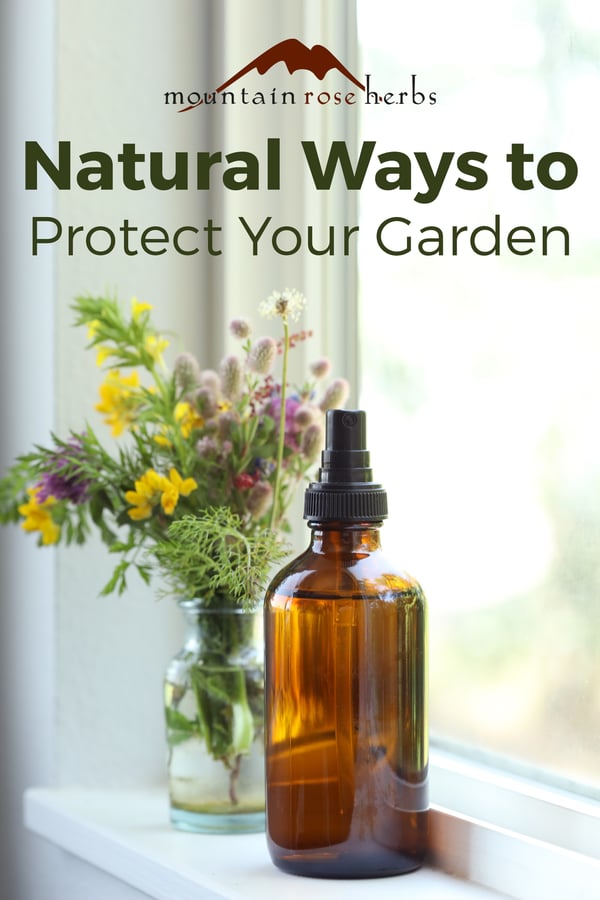
There is no one-size-fits-all solution to solving pest problems in our yards and gardens. Every system is unique and constantly changing. Thus, it’s important to equip your garden with a wide range of tools that will help it flourish. Fortunately, backyard biodiversity offers a broad and adaptable range of ecological services through methods like protecting predatory insects and supporting their reproduction, or working against the reproductive cycles of the pests you want to reduce. Let’s talk about why it’s necessary to equip your home garden with the multitude of tools it needs to strengthen resilience and reduce weed and pest pressure naturally.
Biodiversity Supports Soil Health
Not only can having a variety of plants growing in one environment reduce pest problems, it can also improve soil health and harvest yields. Strengthening soil fertility is key to preventing unwanted weeds from taking over, and also to reducing water use, making this a generally climate-friendly gardening practice.
Diversity is Key to Pest Control
Insectary flowering plants attract, feed, and provide habitat for predator insects that aid in biological pest control in the garden, such as birds, lizards, ladybugs, lacewings, etc. Yarrow, sunflower, cilantro, onion, dill, and radishes are considered some of the top insectary plants used by organic gardeners worldwide. They are not only great at attracting predatory hoverflies and lacewings, but they are also edible!
Start by identifying the insects you do not want in your garden and target them appropriately. For example, sunflowers are attractive to beneficial mites that are great at wreaking havoc on thrips, while yarrow is a favorite for hoverflies, parasitic wasps, and ladybugs, all primary predators for aphids and whiteflies.
Then, take a look at the duration of the flowering time per plant species and the soil conditions in which the plants will grow; this will help you choose botanicals that can coexist with your garden plants and that will provide protection when your crops need it most (such as early in their development, and later when they fruiting). Finally, strategically plant insectary sections that bloom continually throughout the growing season to effectively support targeted natural enemies.
Other Natural Solutions for Pest Control
Many people look to natural pest control applications—such as horticultural oils, insecticidal soaps, and diatomaceous earth—to help manage garden pests, but such solutions have their drawbacks. These kinds of applications must be applied thoroughly to all surfaces of the affected plants while the pests are present, so they cannot be used preventatively. Also, these products are not species specific; they can harm beneficial insects along with the pests, so it’s important to only use them when absolutely necessary.
Neem oil, however, can be used as a preventative, since it inhibits insects from eating more once they ingest the oil, but the bugs will continue to live on the plant for a few days before they die.
For larger insect infestations, I recommend a DIY garlic-mint insect spray that utilizes mint, cayenne pepper, garlic, and organic liquid castille soap for an inexpensive and effective solution to unwanted garden insects.
Looking for A Natural Pest REPELLENT Spray recipe?
Try this Garlic Mint Spray from An Oregon Cottage
You may also enjoy:
- DIY Beeswax Wraps
- Homemade Liquid Laundry Soap with Soap Nuts
- Try These 8 Natural Cleaning Product Recipes for Your Home













